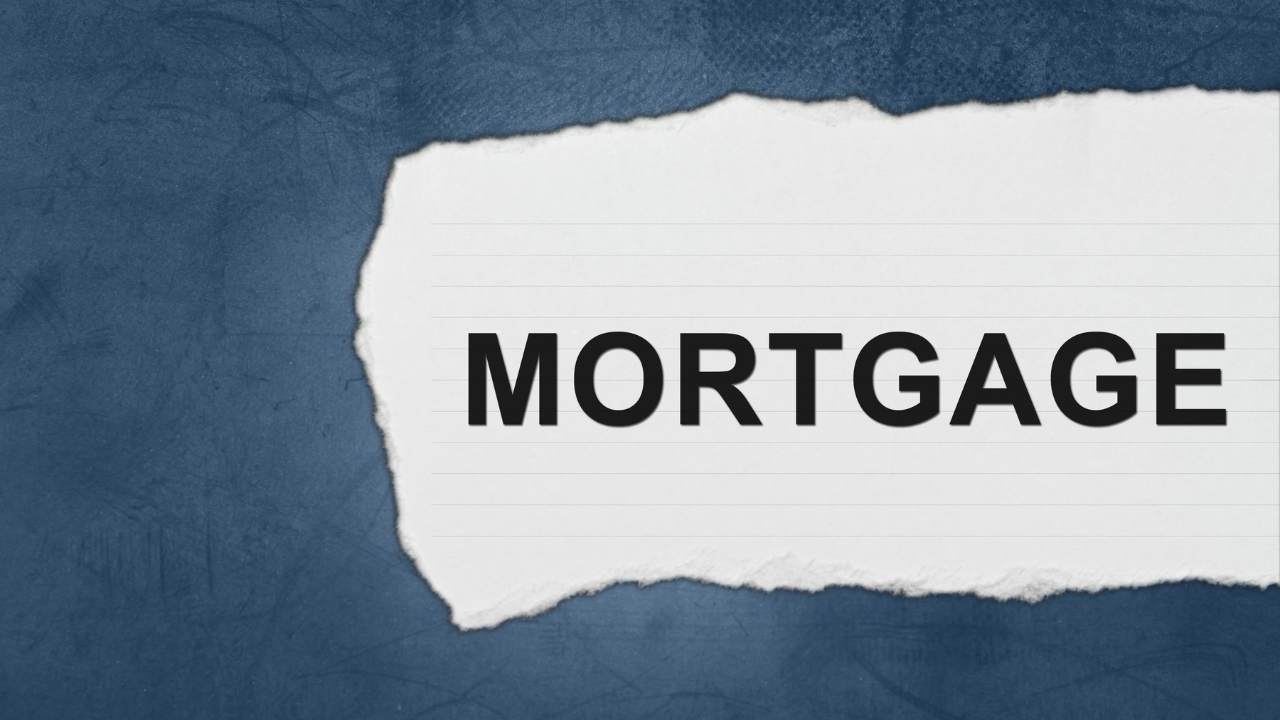Different Mortgage Types Explained: Finding the Right Fit for Your Homebuying Journey
Marilyn Archer • August 19, 2025

When it comes to financing your dream home, choosing the right mortgage is a critical step. The type of loan you select can impact your monthly payments, interest rates, and overall affordability. This article breaks down the most common mortgage types, helping you determine which one aligns with your financial goals.
🏦Why Understanding Mortgage Types Matters
1. Tailored to Your Needs:
- Different loans cater to various financial situations, credit scores, and property types.
2. Long-Term Savings:
- The right loan type can save you thousands over the life of the mortgage.
3. Competitive Advantage:
- Understanding loan options ensures you can make informed decisions and negotiate better terms.
🏦Common Mortgage Types
1. Conventional Loans
- Overview:
- Not backed by the government.
- Available as fixed-rate or adjustable-rate mortgages (ARMs).
- Who It’s For:
- Buyers with strong credit and a stable income.
- Pros:
- Lower borrowing costs over time (if you avoid PMI).
- Can be used for various property types, including vacation homes.
- Cons:
- Requires higher credit scores and larger down payments (typically 5%–20%).
2. FHA Loans
- Overview:
- Backed by the Federal Housing Administration.
- Designed for first-time buyers and those with less-than-perfect credit.
- Who It’s For:
- Buyers with credit scores as low as 580 and small down payments (3.5%).
- Pros:
- Easier qualification standards.
- Lower down payment requirements.
- Cons:
- Mortgage insurance premiums (MIP) required for the life of the loan (unless refinanced).
3. VA Loans
Overview:
- Backed by the Department of Veterans Affairs.
- Designed for active-duty military, veterans, and eligible spouses.
Who It’s For:
- Eligible military personnel and their families.
Pros:
- No down payment required.
- No private mortgage insurance (PMI).
- Competitive interest rates.
Cons:
- Requires a one-time funding fee.
- Only available for primary residences.
4. USDA Loans
- Overview:
- Backed by the U.S. Department of Agriculture.
- For buyers in rural or suburban areas.
- Who It’s For:
- Low- to moderate-income buyers purchasing in USDA-eligible areas.
- Pros:
- No down payment required.
- Low interest rates.
- Cons:
- Income and property eligibility requirements.
- Includes an upfront guarantee fee and annual fee.
5. Jumbo Loans
Overview:
- For properties exceeding conforming loan limits (e.g., $726,200 in most areas for 2023).
Who It’s For:
- Buyers of high-value homes.
Pros:
- Allows financing of luxury properties.
Cons:
- Requires excellent credit and significant down payments (often 10%–20%).
- Higher interest rates.
💡How to Choose the Right Loan
Key Factors to Consider:
1. Credit Score:
- Strong credit? Consider a conventional loans or jumbo loans.
- Lower credit? FHA or USDA loans might be better.
2. Down Payment:
- Can’t save 20%? FHA, VA, or USDA loans are good alternatives.
3. Property Location:
- Rural or suburban? Consider a USDA loan.
4. Eligibility:
- Are you a veteran or active military? VA loans offer significant benefits.
🏦Fixed-Rate vs. Adjustable-Rate Mortgages (ARMs)
Fixed-Rate Mortgages:
- Interest rate remains the same throughout the loan term.
- Ideal for buyers seeking predictable payments over the long term.
Adjustable-Rate Mortgages:
- Interest rate starts low but adjusts periodically after an initial fixed period.
- Best for short-term buyers or those expecting income growth.
📝Recap
Understanding the different mortgage types ensures you select the best option for your financial situation and goals. Whether it’s the flexibility of conventional loans, the benefits of government-backed programs, or the luxury of jumbo loans, knowing your options is key to a successful homebuying journey.



